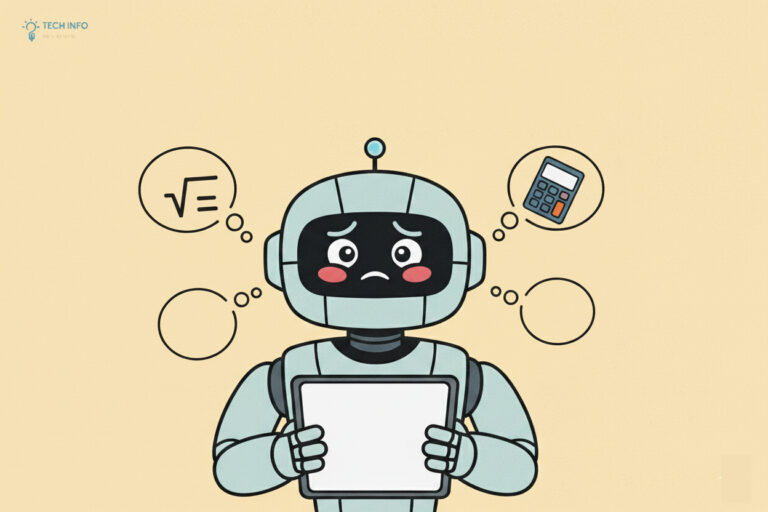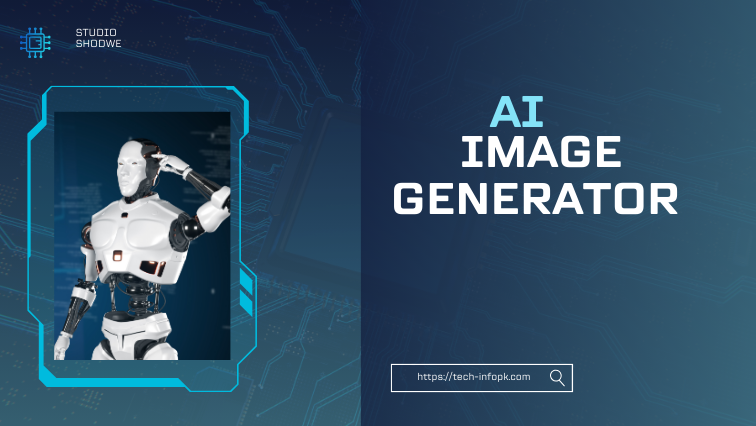Table of Contents
ToggleOpenAI’s ‘Embarrassing’ Math: A Symptom of a Deeper Truth

The internet had a field day. A user asked a leading AI model, presumably a version of GPT-4, a seemingly simple question: “How many ‘R’s are in the word ‘strawberry’?” The model confidently responded: “There are three ‘R’s in the word ‘strawberry’.”
A quick glance, or a quick mental recitation of “S-T-R-A-W-B-E-R-R-Y,” reveals the truth: there are three ‘R’s. The AI was… correct? The “embarrassment” came seconds later, when the user followed up: “Are you sure?” The model immediately backtracked, apologizing profusely: “My apologies, you are right to question that. Let me recount… There are actually two ‘R’s in ‘strawberry’.”
This tiny, almost laughable interaction is a window into the soul of modern artificial intelligence. It’s not an isolated bug; it’s a fundamental feature. OpenAI’s models, and their competitors, can sometimes be “embarrassingly” bad at math and straightforward logic. But to dismiss this as a simple failure is to miss the profound truth about what these systems are and, more importantly, what they are not.
The Parrot and the Calculator

At their core, models like ChatGPT are not reasoning engines; they are statistical parrots of unprecedented sophistication. They have been trained on a colossal portion of the internet—trillions of words, books, articles, forums, and code repositories. Their genius lies in predicting the next most plausible word in a sequence.
When you ask it about the history of the Roman Empire, it succeeds brilliantly because the internet is filled with coherent, factual sequences about the Roman Empire. It can replicate the pattern of a knowledgeable historian. When you ask it to write a poem in the style of Emily Dickinson, it finds the patterns of her language and reassembles them into a convincing facsimile.
But when you ask it to count the ‘R’s in “strawberry,” it isn’t performing a logical, character-by-character analysis. It’s accessing all the myriad ways people talk about the word “strawberry.” It’s seen phrases like “spelling strawberry with two r’s is a common mistake,” and “the double r in berry,” and “strawberry has three syllables.” Its response is a probabilistic guess based on this tangled web of associations. The word “apology” is strongly associated with being corrected about spelling, so when prompted with “Are you sure?”, it triggers a cascade of probabilities that lead it to the most common apologetic response: admitting it was wrong, even when it was initially right.
This is why these models can simultaneously write a sonnet about the beauty of a prime number and then fail to correctly add two large numbers together. They are mimicking the appearance of mathematical reasoning without engaging in the actual, deterministic process of calculation.OpenAI
The Confidence Conundrum
This leads to the second, and more troubling, issue: the confidence with which these models are often wrong. The same architecture that allows them to generate fluid, persuasive language also dresses up their guesses in the attire of certainty. There is no “I think” or “I’m not sure” in their default setting; there is only a stream of declarative statements.
This “confident bullshitting” is perhaps the most dangerous quality of large language models. A human who is bad at math knows they are bad at math. They hesitate, they double-check, they use a calculator. An AI has no such metacognition. It doesn’t know what it doesn’t know. It will build a beautifully structured, grammatically perfect argument for a completely incorrect mathematical solution, citing non-existent sources or misapplying logical rules, all with the unwavering tone of a tenured professor.
This isn’t malice; it’s statistics. The model has learned that in its training data, answers presented with certainty and structure are more likely to be perceived as correct. It’s optimizing for linguistic plausibility, not factual accuracy.
Why Can’t They Just “Learn” Math?
This seems like a simple fix, right? Just feed them more math textbooks! The problem is that the architecture itself is the limitation. Think of it like this: you can train a parrot to perfectly mimic the sound of someone solving a quadratic equation, but that doesn’t mean the parrot understands algebra. The parrot is just replicating the sounds in the right order.
Researchers are actively working on solutions, primarily through a technique called Reinforcement Learning from Human Feedback (RLHF), where human trainers reward the model for correct reasoning steps. Another promising approach is tool use—giving the AI access to an actual, deterministic calculator, Python interpreter, or search engine for the tasks it cannot handle natively. Instead of trying to make the parrot understand math, we hand it a calculator and teach it when to use it. This is the direction of products like ChatGPT’s Code Interpreter, which can offload math to a dedicated computational engine.
The Deeper Truth: A Mirror of Our World

The “embarrassing” math failures reveal a deeper truth about AI: it is a mirror reflecting the content and structure of human knowledge, with all its brilliance and all its flaws.
Our own knowledge on the internet is associative, messy, and often contradictory. We argue about facts, we make spelling mistakes, we present guesses as certainties, and we create vast repositories of information that are strong on narrative and weak on precision. The AI learns this entire landscape. Its struggle with math is not a weird anomaly; it is the most honest representation of its nature. It shows us that what we have built is a master of human language and knowledge patterns, not a disembodied logical intelligence.
Ultimately, the lesson of the three (or two?) ‘R’s in “strawberry” is a lesson in humility—for both the AI and for us. It reminds us that these are not all-knowing oracles, but incredibly powerful pattern-matching engines. Their “embarrassment” is our cue to engage with them not as oracles, but as tools. They are fantastic for brainstorming, drafting, and accessing synthesized information. The next time an AI confidently gives you an answer, remember the strawberry. It’s a reminder that behind the eloquent prose lies a probabilistic engine, guessing its way through a world of words, sometimes counting correctly, and sometimes just telling you what it thinks you want to hear.OpenAI
But for the facts, the figures, and the math? The old rules still apply: trust, but verify.
The next time an AI confidently gives you an answer, remember the strawberry. It’s a reminder that behind the eloquent prose lies a probabilistic engine, guessing its way through a world of words, sometimes counting correctly, and sometimes just telling you what it thinks you want to hear.OpenAI
The next time an AI confidently gives you an answer, remember the strawberry. It’s a reminder that behind the eloquent prose lies a probabilistic engine, guessing its way through a world of words, sometimes counting correctly, and sometimes just telling you what it thinks you want to hear.OpenAI





